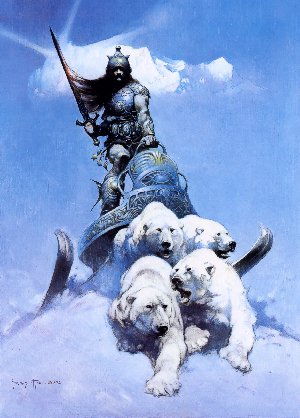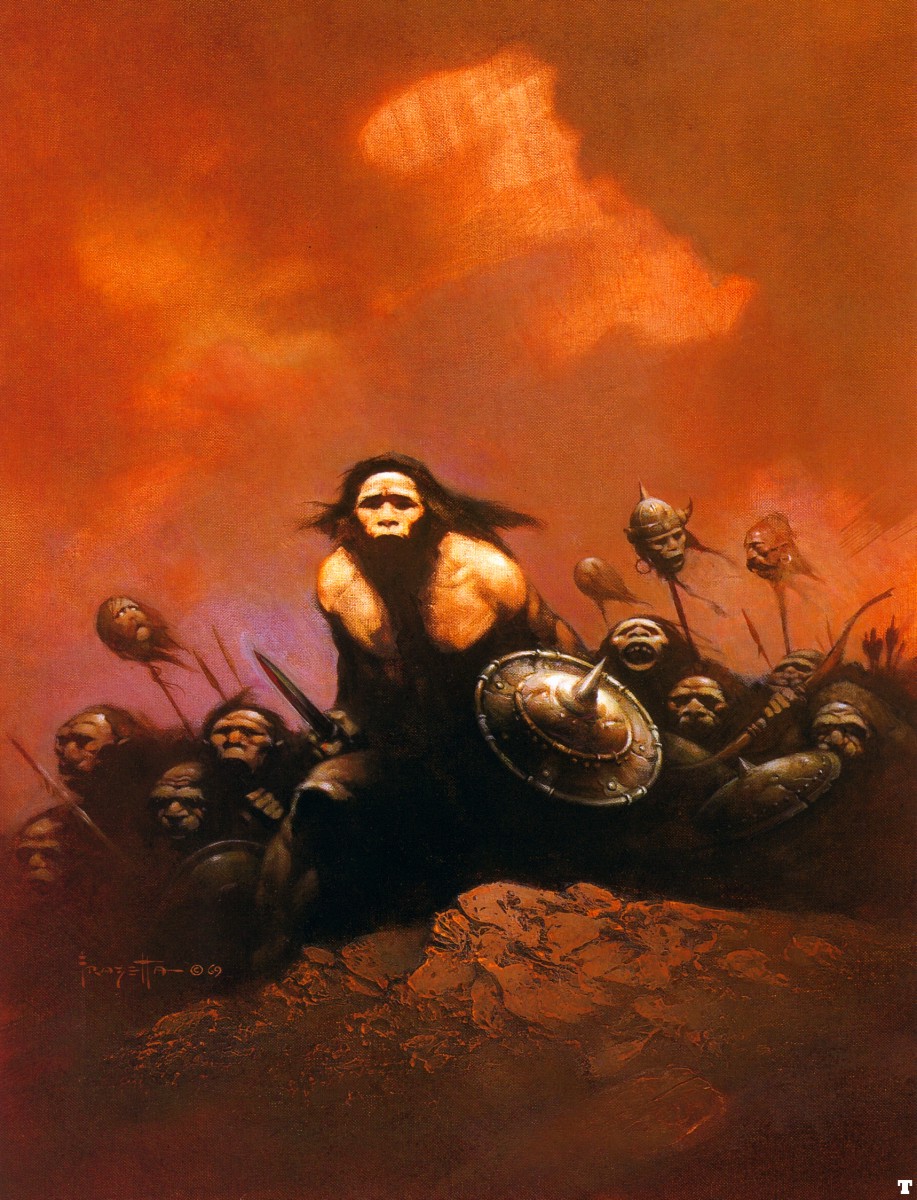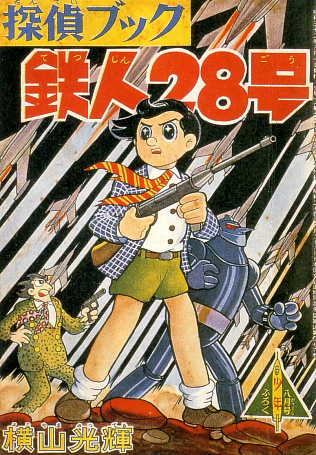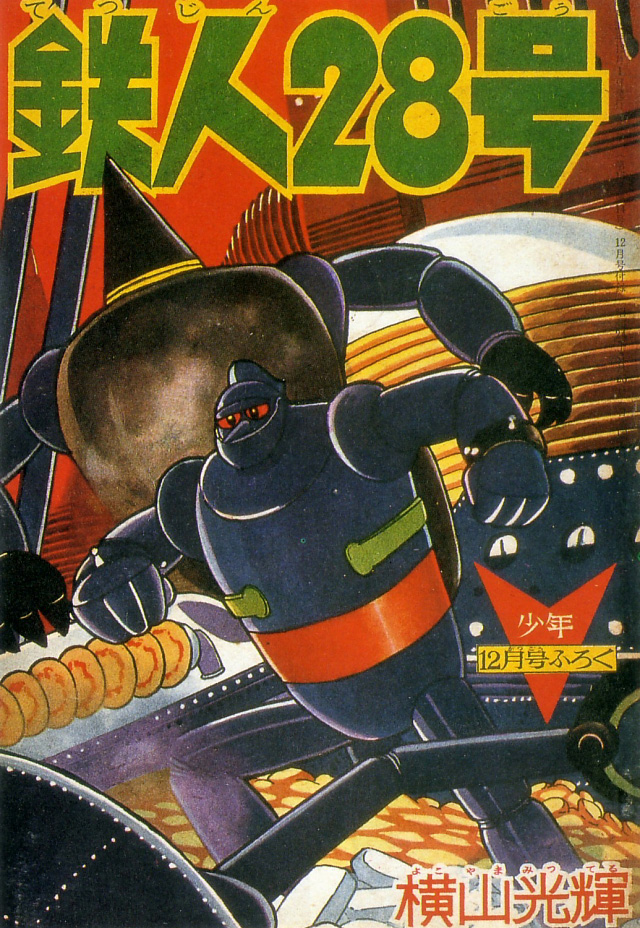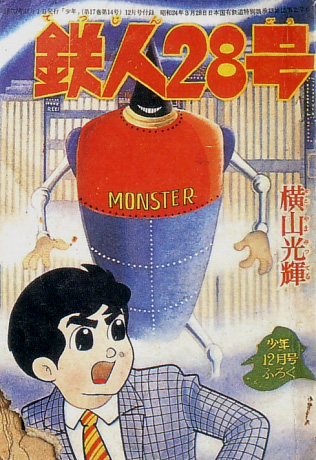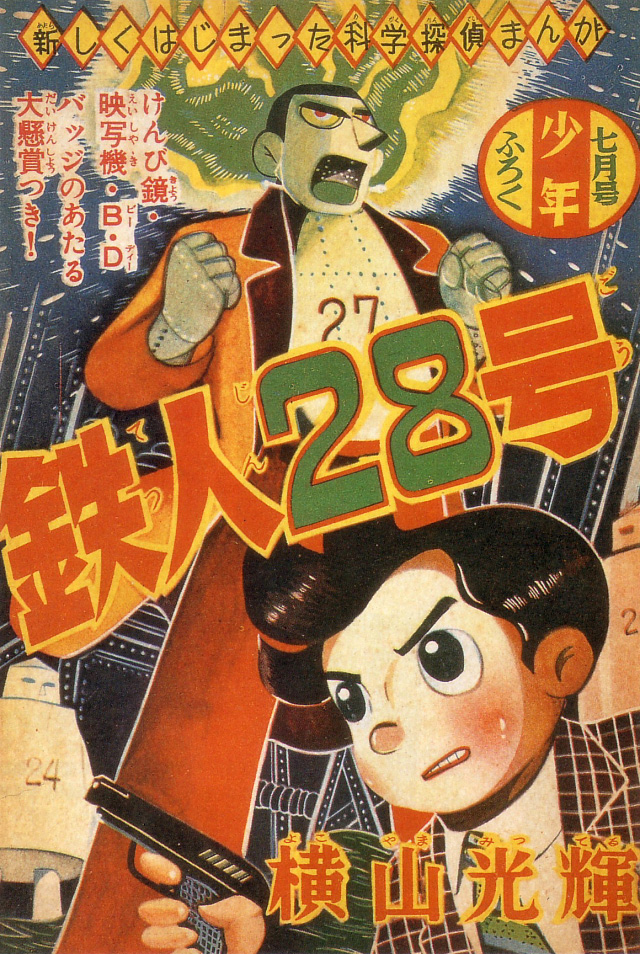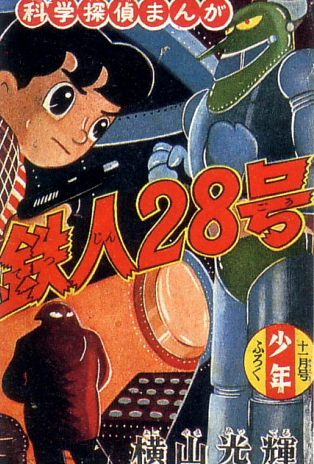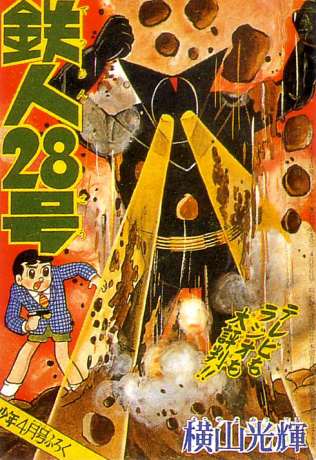
- Introduction: I was super excited to write about Mike Hinge when given the opportunity. This man's art is something to be adored in my opinion.
- Personal:
- Mike Hinge was born in Auckland, New Zealand in 1931. Hinge grew up in Mission Bay in a state house. His father was a bus driver and his South African mother was a former nurse. As a child Hinge had a fascination with only 2 things as a child. Science fiction and everything american. Deep into the night he'd stay up to 3am playing with futuristic space ships, vehicles, and even learned to play the violin. As a teenager he wore a cowboy hat and learned the jazz trombone when he listened to Louis Armstrong. In Mike's time he was considered maverick for his actions and habits. Considered to be an "Americanophile". He refused to stand when God Save The King played before each film in the theater played and hated Union Jack in the New Zealand flag. After attending an art school and doing some work for a Sci Fi mag he got applied for a Green Card to work in america in 1952. In 1958 his dream had come true. He could finally come to america. There he worked as a he attended another art school, worked as an advertising art director and designer, and even got to do a comic strip for the magazine Heavy Metal/Metal Hurlant. Mike lived hapily in america doing the thing job and experiencing the culture he loved. Hinge only returned home once in 1984 when his brother Noel won $333,000 in a lottery and paid for the trip. He felt New Zealand was too slow for him and advertising agencies wouldn't hire him. In the last 10 years of his life he lived in Philadelphia. August 2003 he died of a heart attack in his home, he was almost 72 when he died.
- Career:
- The funny thing is he is essentially unknown in New Zealand, but was a big success as a graphic designer in America. Throughout his career Mike has done many different works; ranging from book covers, magezine covers, illustrations, and movie designs. Much of it is held in the Smithsonian. Hinge also designed the cryogenic unit for a unused lobby display of the movie 2001 Space Odyssey.
- Significance:
- Mike's art has received many awards.
- He was nominated 6 times for the Locuz Awards by the american science fiction magazine Locus.
- Mike was even nominated for the most prestigious science fiction trophy, the Hugo Award.
- Works:
- The Mike Hinge Experience
- Featured in: The New Visions: A Collection of Science Fiction Art.
- Amazing Stories 1975
- Sources:
- http://alphabettenthletter.blogspot.com/2013/08/creator-mike-hinge.html
- https://en.wikipedia.org/wiki/Mike_Hinge
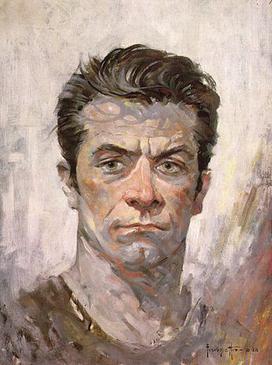
- Personal:
- Born Febuary 9th, 1928 and died May 10th, 2010. Ever since Frank was a child he loved drawing. According to him his main source of inspiration was his grandmother who would give him a penny to keep going. When he did it in school his teachers were in complete shock at his abilities. He realized he couldn't get much constructive criticism there so he went to art school and even there his teachers were mesmerized.
- Career:
- In 1964 Frank did a painting of the Beatle band member Ringo for a Mad magazine ad parody. This garnered the attention of the United Artists studios and was hired to do a poster for the movie Whats New Pussycat? There he made his entire year's salary in one afternoon. He would continue to more and more movie posters. Frazetta would eventually move onto doing book covers. Frank eventually got to do the cover of Conan. His interpretation redefined the genre of sword and sorcery and was an inspiration artists to come. It was at this point everyone wanted a piece of the fantasy king. He even got to do classic Edgar Rice Burroughs books such as Tarzan and John Cart of Mars. The irony to it all is that even though Frank's cover art was demanded and praised by all. They only coincidentally matched the story lines and context of the book. Nobody ever complained about it. They probably didn't read them he says.
- Frank's work became very commercial. He was doing paintings, illustrations, movie posters, album covers, calendars, and book jackets. He was doing comic stories in black and white. He was a success. Once he got his reputation movie studios asked him to work on animated movies. However he rarely had creative control and was there mostly in name alone. He would eventually get his control in one movie, Fire and Ice. A fantasy movie that was filmed in live action and then roto-scoped, this created an animated feature that mimicked the style of his paintings. Once the movie was over he returned to doing his traditional work.
- In his later years he would continue painting and eventually publish a magezine. He also suffered from several strokes in his later years, one of which paralyzed his right hand and so he learned to paint with his left.
- Significance:
- Frank Frazetta has been credited as an influence by artists world wide. His interpretation of Conan is believed to have been what got it popular. He is also known for popularizing the sword and sorcery genre.
- Guillermo del Toro says that Frank gave the world a new pantheon of heroes.
- Yusuke Nakano the lead artist to the Legend of Zelda series cites Frank as an influence.
- Chris Perna the director of Epic Games cites him as well.
- Robert Rodruiguez plans to remake Fire and Ice and has acquired the rights from Sony and is now set to direct. He is closely working with the Frazetta family and also hopes to open a museum for Holly Frazetta's collection.
- On March 2010 Frank's son Alfonso Frank Frazetta was arrested for attempting to steal about 90 paintings from the Frazetta museum. He was trying to prevent the paintings from being sold as were the wishes of his father. He was excused of his charges, requested by his family members. Now the Children of Frank work together to keep his paintings protected at his museum.
- Awards:
- Chesley Award (1900, 1995, 1997)
- Hugo Award (1966)
- Spectrum Grand Master of Frantastic Art Award (1995)
- Works:
- Ice and Fire
- Death Dealer
- Conan Cover
- and much more.
- Sources:
- https://en.wikipedia.org/wiki/Frank_Frazetta
- http://herocomplex.latimes.com/uncategorized/guillermo-del-toro-on-frank-frazetta-he-gave-the-world-a-new-pantheon-of-heroes/
- Personal: Mitsuteru Yokoyama was born in 1956 and died in a house fire in 1966. Much of Yokoyama's childhood was spent in World War II and was evacuated to Tottori along with his family. When he went to high-school he read Osamu Tezuka's Metropolis and it had a deep effect on him for years to come. This eventually drove him to become a comic book artist. However when he entered a banking corporation he realized he had no time to practice his craft and quit within 5 months. He found a new a jab as a department member for a movie company within Kobe and pursued his manga career in his spare time.
- Career: Much like Osamu Tezuka himself, much of his work was inspired by his experience during the war as well as the bombing. When he was a fifth grader he returned to the city of Kobe to see it was completely flattened by the destructive force of the B-29 bombers. As a child he was terrified of their destructive power. Another on his eventual works is the Vergeltungswaffen, wonder weapons created by the Nazis for long ranged bombing. A sort of card up the sleeve had the war not gone in their favor. What inspired the mentality of tetsujin and other works is the 1931 film Frankenstein. This movie gave him the inspiration to make the "monster itself" neither good nor evil.
- In 1956 Yokoyama revealed to japan his creation, Tetsujin-28 Go. A comic about a young boy who is tasked with controlling the giant robot Tetsujin-28. A giant robot originally built by his father as a super weapon to be used in the war. He would soon have a change of heart and sealed it away. It would eventually rise again with the death of his father and the return of several other ghosts of the war and the tetsujin project. A series that was praised internationally and was considered equal to Tezuka's Astroboy/Mighty Atom. His rise to glory would not halt as he would produce more hits such as Water Margin, Sally the witch, Giant Robo, Babel II and even his own adaptation of Records of Three Kingdoms.
- Significance:
- Tetsujin-28 and his other works have had inspiration to tons of other comic artists and creators.
- Tetsujin and Giant Robo were the first in creating the Giant Robot genre.
- Iga no Kagemaru popularized the ninja genre giving them super powers.
- He's produced several historical based comics and novels.
- He is cited as an influence on Hirohiko Araki for his "Hard-Boiled" style and suspense on the hero's character.
- Katsuhiro Otomo, the creator of Akira, has named several characters after the ones in Tetsujin:
- Shotaro Kaneda is Shotaro Kaneda
- Tetsuo Shima is Tetsuo Shima the builder of Tetsujin
- Colnol Shikishima is Dr Shikishima
- No. 28 is Tetsujin 28
- Otomo also keeps similair themes to tetsujin such as the fear of technology and rapid growth of technology and the world.
- Because Marvel couldn't get the rights to Tetsujin Jack Kirby using the idea of a giant robot to create Machine Man.
- Works:
- 1955 White Lily March
- 1956 Tetsujin 28-Go
- 1967 Water Margin
- 1967 Giant Robo
- 1971 Records of Three Kingdoms
- Sources:
- https://en.wikipedia.org/wiki/Tetsujin_28-go
- https://en.wikipedia.org/wiki/Mitsuteru_Yokoyama









